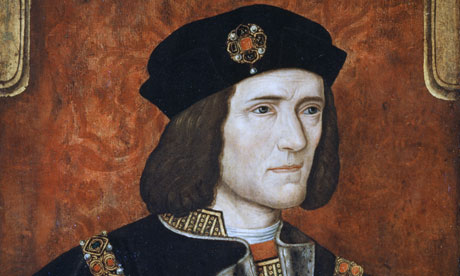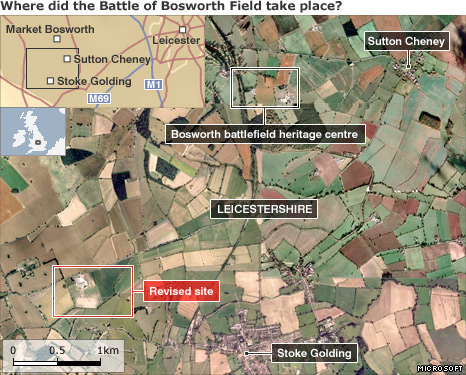In History Today, Paul Lay talks about the power of well-written historical fiction to raise interest in real history:
The case of Richard III was long ago examined in a historical novel, which has come to recent public prominence due to its championing by the High Tory journalist Peter Hitchens and the Cambridge classicist Mary Beard, an incongruous pairing if ever there was one. The subject of their mutual admiration is Josephine Tey’s 1951 thriller, her last, The Daughter of Time. It takes its title from Francis Bacon’s adage — ‘Truth is the daughter of time, not of authority’ — and features Tey’s fictional detective, Inspector Alan Grant. At the start of the novel he has broken his leg and is recuperating in hospital. There he is handed a reproduction of a contemporary portrayal of Richard III. Grant fancies himself as a great judge of character and is convinced that the king he sees before him is a kindly and wise character, the very opposite of the Shakespearean monster. With his leg on the mend, Grant heads off to the British Museum to research the truth about the king’s life.
Grant’s conclusion makes The Daughter of Time a firm favourite with members of the Richard III Society, apostles of the last Plantagenet, for the inspector convinces himself that Richard III is indeed a victim of the Tudor propaganda machine. We can believe that or not, but what makes The Daughter of Time such a compelling read is not its rather flimsy conclusion but its extraordinary depiction of process, for few books have so vividly brought to life the historian’s quest, the desire to reveal exactly what happened in the past and the methods used to discover that truth. That’s why historians love it. Beard found it an inspiring work: it ‘partly made me a historian’, she claims; while Hitchens praises Tey’s ‘clarity of mind’; her ‘loathing of fakes and propaganda are like pure, cold spring water in a weary land’.





